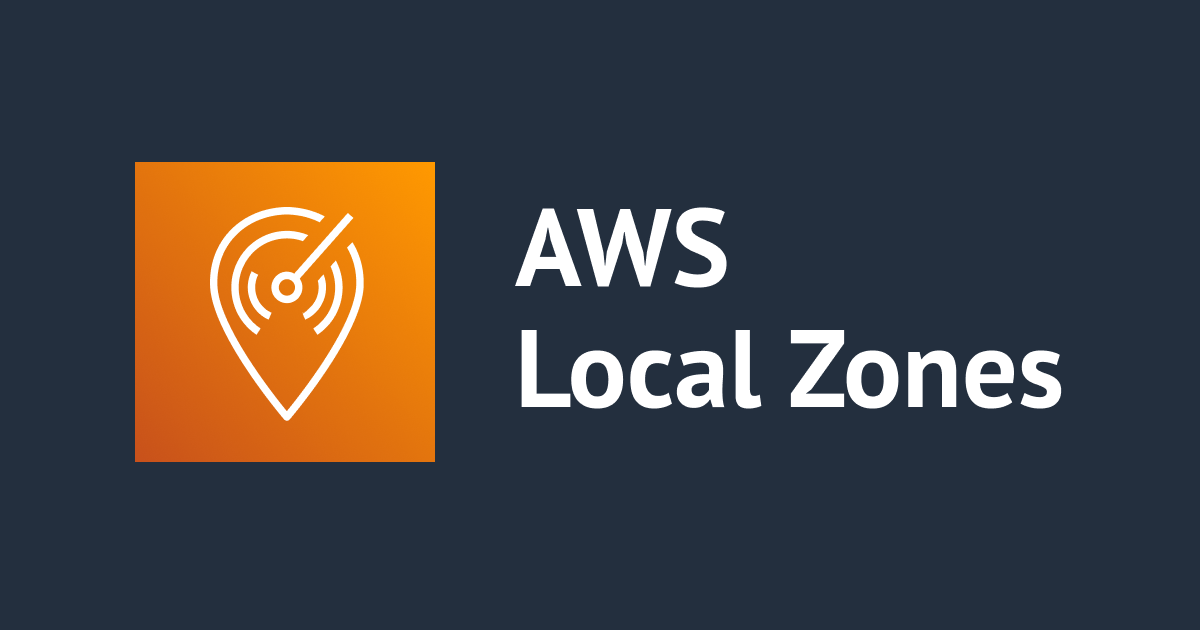
Serve your customers better with single millisecond latency – AWS Local Zones
Yesterday (2/17/2022) AWS announced expansion of its Local Zones service to 32 new cities, which is great! In my view any AWS service expanding to serve a bigger customer base is great news, but what exactly are AWS Local Zones? How are they useful ? Who are they most useful for? Let’s find out.
AWS Local Zones places compute, storage, database and other services closer to areas with a large population. Generally cloud service providers prefer to place their resources in areas where it is cheaper to run and maintain them. With AWS Local Zones, AWS provides single millisecond latency to run your applications.
Right now, Amazon provides support for some instance types of EC2, EBS, ECS, EKS, VPC, FSx, ELB (ALB only), EMR, ElastiCache, RDS. The available configurations of these services differ from Local Zone to Local Zone.
Local Zones have the ability to let you extend your VPC over multiple subnets and Local Zones in a given region. This lets you run your application which is being run in a VPC to be extended to a wider user base and provide better service. Local Zones tap into the local internet services for low latency egress and ingress access.
They also have AWS Direct Connect support which lets you route your traffic over a private network.
Local Zones do have access to all the resources which are available in the region where they are present since they are connected to AWS’ backbone network. You can use these services with the same API calls which you used over normal non Local Zone AWS networks.
There is one more added benefit of this. Due to the rising awareness regarding security of one’s personal data and privacy, government’s across the world are starting to introduce stringent data residency requirements, majority of which say that you cannot store data of your users outside of their resident country.
All of these features are useful for low latency applications such as gaming, streaming, cloud migrations etc. Netflix notably uses these to bring digital workstations closer to its content creators.
You can read more information about how you can extend your application to make the best use of AWS Local Zones here.

![[アップデート] AWS 台北リージョン (ap-east-2) がオープンしました](https://images.ctfassets.net/ct0aopd36mqt/wp-thumbnail-cd6bca3e0ea12bce10d34b5c73117202/e7dcb00f209227795370c8effc01051d/aws-eyecatch.png)

![[アップデート]Amazon S3でAWS Dedicated Local Zones向けのストレージクラスが発表されました](https://images.ctfassets.net/ct0aopd36mqt/3nibOl2sZ0LKJueI0FHFi5/14de7bd294f7916a28b789105c60d450/reinvent-2024-newservice-jp.jpg)

![[新サービス] AWS Dedicated Local Zones が発表されました](https://devio2023-media.developers.io/wp-content/uploads/2023/08/aws-local-zones.png)


